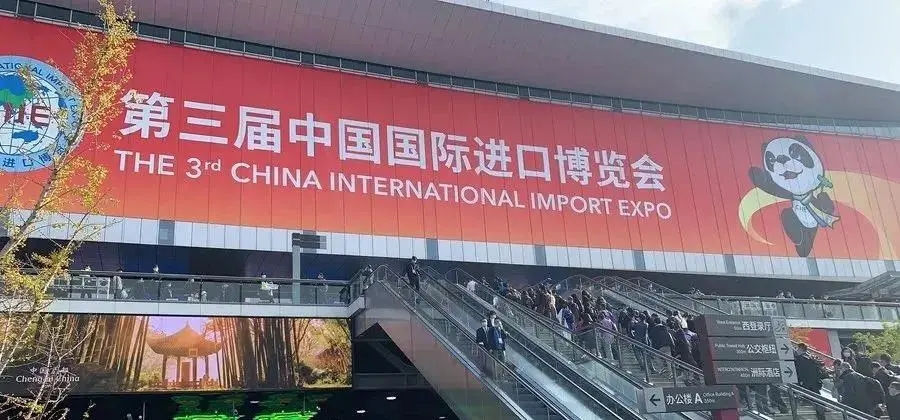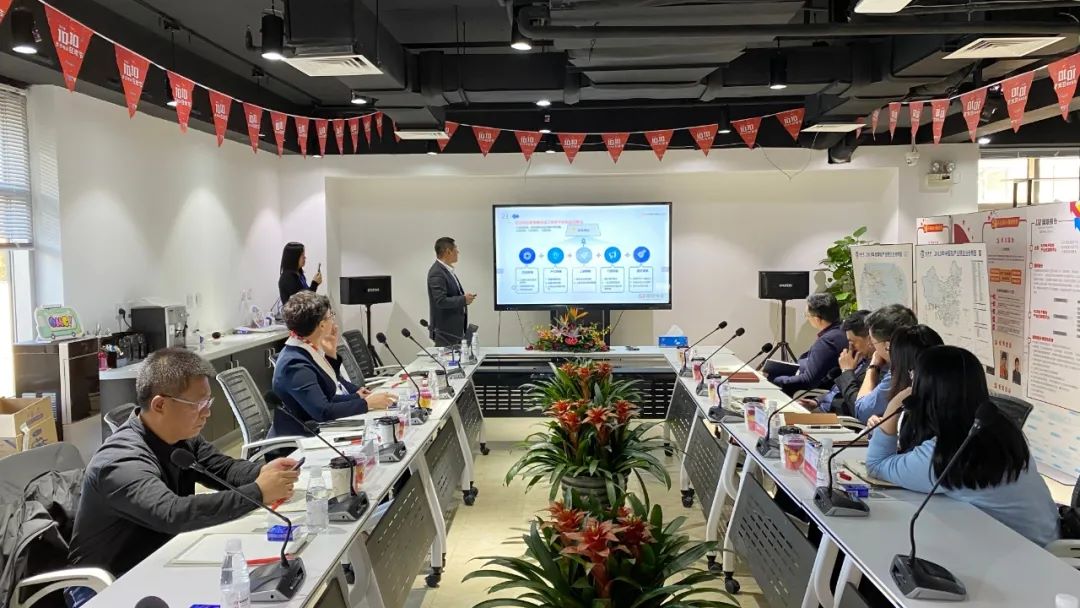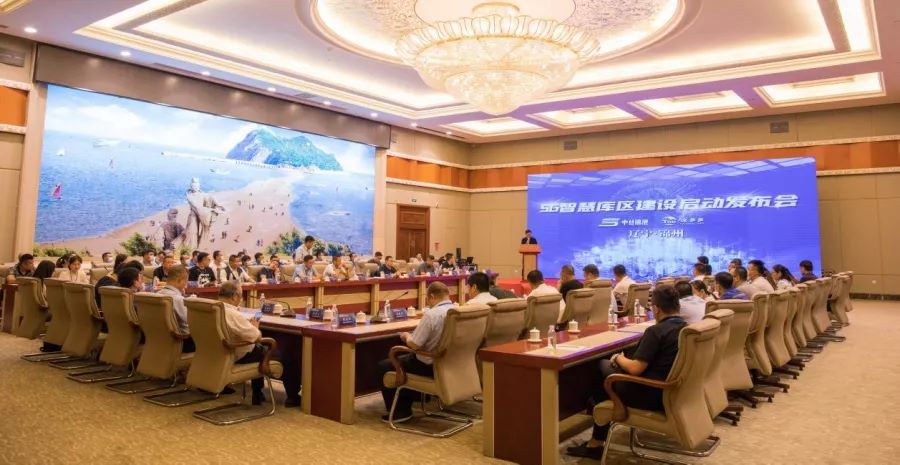Foreign-invested tire companies begin to relocate
Yokohama closed its Czech factory, Goodyear cut the truck tire production line at the Danville tire plant, and Sumitomo Rubber closed its only factory in the United States. The wave of foreign-funded factory closures starting at the end of December 2024 has exacerbated industry panic - is there really too much tire production capacity?

Foreign-funded capacity re-positioning
The latest news shows that Bridgestone is planning to transfer the annual production capacity of 2 million truck and bus tires at the Lavergne plant in Tennessee to other factories in the Americas. It is reported that the plant will be closed on July 31.
Currently, Bridgestone has only one dedicated commercial vehicle tire production plant in the United States, a 35-year-old plant in Warren County, Tennessee, with an annual production capacity of 3.3 million commercial vehicle tires.
In 2023, Bridgestone invested $550 million in the plant to upgrade its production capacity - increasing its production capacity by 31% to 12,000 tires per day.
The project is expected to be completed in 2026 and will adopt new equipment and technologies to improve operational efficiency while ensuring that production and products here are more sustainable. Perhaps in 2023, Bridgestone will have plans to adjust its North American truck tire production capacity.
However, there is no clear news whether the capacity of the Lavergne plant after the closure will be allocated here. More than a year after completing the acquisition of Trelleborg Wheel Systems, Yokohama decided to readjust its production capacity and permanently close its Spartanburg plant on April 19, 2025.
Goodyear CEO and President Mark Stewart said in a conference call with investors that Goodyear will launch five new production lines to the global market and will add nearly 200 SKUs in "high-end, high-profit market areas to obtain higher returns and greater value."
At the beginning of this year, it also announced that the Danville plant's capacity was re-planned to focus on the production of aircraft tires, and the original truck tire capacity will be taken over by other plants in North America.
Sumitomo Rubber will close its only US plant, all investments in the plant will be suspended, and the capacity will be taken over by the Thai plant.
Not much production capacity, too high cost
From the above facts, we can find that every time a foreign-funded tire company closes a factory, it is accompanied by an explanation of the relocation of production capacity - foreign capital closes the factory, but not the closing of production capacity.
This also announced that the foreign capital "factory closure wave" that started at the end of 2023 is different from the past few years. And to understand this difference, we must focus on the "flow" of these production capacities. The batch shutdown of production capacity of foreign-funded tire companies can be traced back to 2020. The advent of the "black swan" not only affected the start-up rate, but also changed the travel mileage of people around the world.
On the one hand, people's travel mileage has shortened, resulting in the continuous extension of the tire replacement cycle; on the other hand, the "black swans" that keep flying are also emptying consumers' wallets. From 2020 to 2024, tire consumption has continued to downgrade. In 2024, the sales of many well-known tire companies fell by more than 5%, which also means that the production capacity start-up rate of many tire factories has fallen below 70%.
Although 2020 to 2024 is not the most thrilling year in the "storms" of foreign investment development, the change in sales volume is also reminding foreign tire companies to re-examine their business strategies - high-quality and cost-effective tires have brought an impact, but foreign brands still have a higher voice in the high-end market.
Therefore, after weighing the brand power and the recovery speed of the supporting market (Michelin mentioned in its 2025 outlook that the supporting business of automobile OEMs will gradually return to the level of previous years in the second half of the year), the wave of capacity reorganization made by foreign capital from the end of 2024 to the beginning of 2025 is easy to understand.
Rather than saying that foreign capital is re-arranging capacity, it is better to say that "foreign capital is re-arranging brand share". After all, it is undeniable that tire demand has continued to grow in the past decade, but the growth rate of different market segments and the investable value are obviously different.
Especially combined with the financial reports of foreign tire companies, you will find a more interesting trend - foreign tire companies do not want to let go of truck tire capacity investment.
In 2024, Michelin's truck tire profit margin exceeded 9%, and Bridgestone's truck tire profit margin exceeded 5%, which is not low and can even be said to be very high. It can be understood that after leaving the "price war" in the Chinese market, foreign tire companies have found a new way to increase profits in overseas markets - fleet services.
At the same time, in the eyes of foreign companies, the biggest advantage of cultivating the global market for nearly a hundred years is the "rooting" of brand power in high-end businesses. Therefore, it can be seen that no foreign capital has announced the end of truck tire production capacity in overseas markets.
But at the same time, foreign companies have to admit that even if they have secured a stable high-end market share, the "retreat" in the mid- and low-end markets is also a huge dilemma they face.
Integrate different perspectives and different capacity planning
In the financial report, it can be seen that the impact of declining sales on profits is about 8.5%. The impact of Asian high-quality and price-performance tires on foreign capital is a fact that must be faced squarely. To solve this problem, either take back the lost share in the mid-end market or raise prices.
Obviously, the leading foreign companies have abandoned the former approach - those who can't roll, if they can roll, will not escape the competition in Chinese truck tires.
Foreign-owned tire companies will not accept the strategy of "making one and losing money, waiting for the raw material price to drop before making money back", so they will only choose to make profits from "rich consumers". Therefore, foreign-owned tire companies have accepted that "sales decline is a long-term and unsolvable dilemma", and then choose to continue to increase prices in the high-end market as an option for profit growth.
Fleets and high-end car owners always pay more attention to "service and performance", so price increases are obviously easier in this market. Therefore, the reshaping of foreign-owned tire production capacity is not only more concentrated in a geographical sense - the production capacity remains basically unchanged, the number of factories is reduced, and the cost is lower - the characteristics of the transfer to Southeast Asia, but also shows a breakthrough in the production capacity of high-value tires.
Competition intensifies in the high-end passenger car tire market
In addition to announcing the addition of five new high-end passenger car tire production lines, Goodyear will also spend $575 million in 2024 to expand the production capacity of special tires for new energy vehicles for its Canadian factory.
In 2024, Bridgestone announced that it would continue to increase its investment in China. It is expected to invest a total of approximately RMB 562 million in capacity construction in the next three years to increase the proportion of high-performance passenger car tire production, aiming to better meet the diverse needs of the Chinese consumer market and provide higher-end and diversified products and services.
Michelin has steadily promoted the green intelligent manufacturing project of high-performance radial tires at its Shenyang plant. After the project is completed, it can produce 830,000 high-performance radial tires annually.
In 2024, the fourth phase expansion project of the German Continental China Hefei plant was officially put into production. In addition, it has also invested US$330 million in the Thai plant for a new capacity project of 3 million sets.
It can be seen that the capacity of tires of 18 inches and above is the key to the capacity reshaping of foreign-funded tire companies. As the relevant person in charge of Bridgestone said in an interview recently, "Bridgestone is optimizing its structure and re-adjusting its activity priorities to adapt to the current market reality."
- Домашний рынок PCR: Тенденция TBR постепенно появляется904
- Глубокий анализ результатов работы Michelin за первый квартал 2025 года: вызовы и возможности сосуществуют1000
- Анализ влияния отмены тарифов США на китайский рынок шин1086
- Индустрия шин нового энергетического транспорта имеет яркие перспективы, но сталкивается с множеством вызовов925
- Продажи легких грузовиков стремительно растут, шинная промышленность вступает в новую эру975









